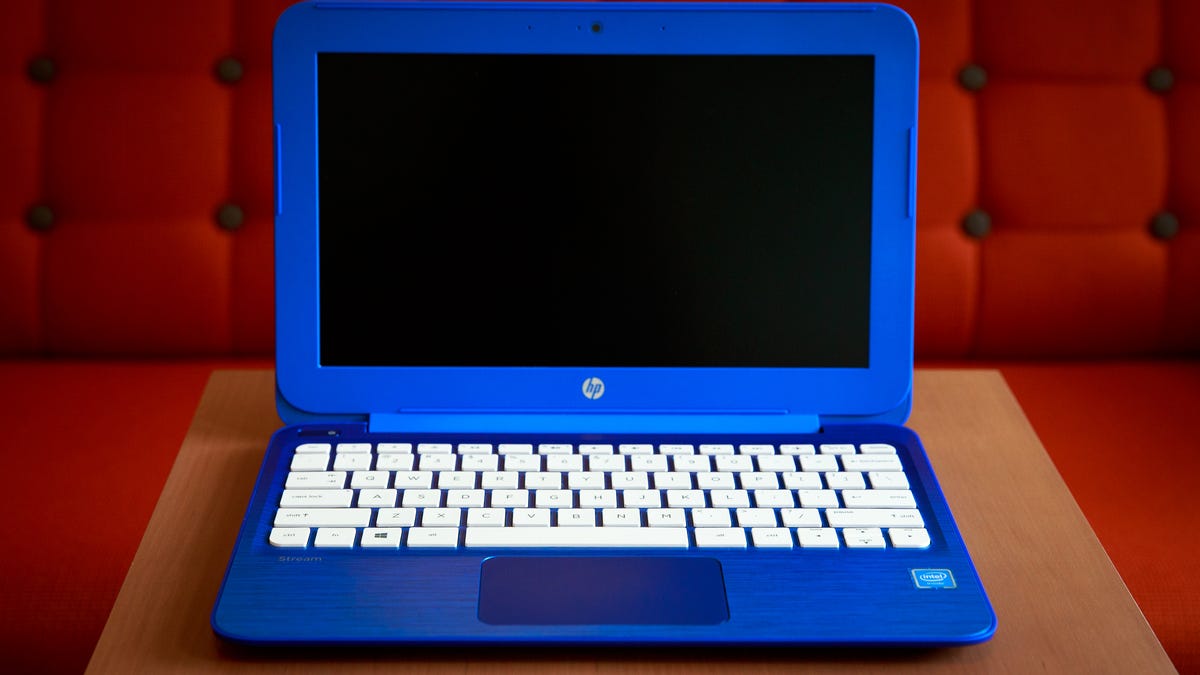For the first time in years, Microsoft Windows will demand more memory
Those with older or low-end PCs might need to upgrade to run the upcoming Windows Anniversary Update.

Even super cheap laptops like the 2015 HP Stream have 2GB of RAM nowadays.
That Windows 7 PC you got back in 2009 is powerful enough to handle Microsoft's latest operating system -- but that could change, because Microsoft is increasing its minimum system requirements.
The upcoming Windows 10 Anniversary Update will need a minimum of 2GB of memory, according to a Microsoft developer page. That was the minimum already required for 64-bit versions of the operating system, but Microsoft previously required only 1GB of memory for the 32-bit version.
As with the requirements for Windows 7 and later, the software also requires a processor running at a speed of at least 1GHz; a graphics system supporting Microsoft's DirectX 9 interface; and 16GB of spare storage for the 32-bit version and 20GB free for the 64-bit version.
The new Windows 10 version, aka Build 1607, is expected to arrive on July 29, a year after Windows 10 debuted. Changes include improvements to the Cortana voice assistant and the Hello login feature, an emphasis on stylus support through a feature called Windows Ink, and the addition of the All Apps category to the Start menu. Windows is a rarity on mobile devices, but it remains a strong force on personal computers.

